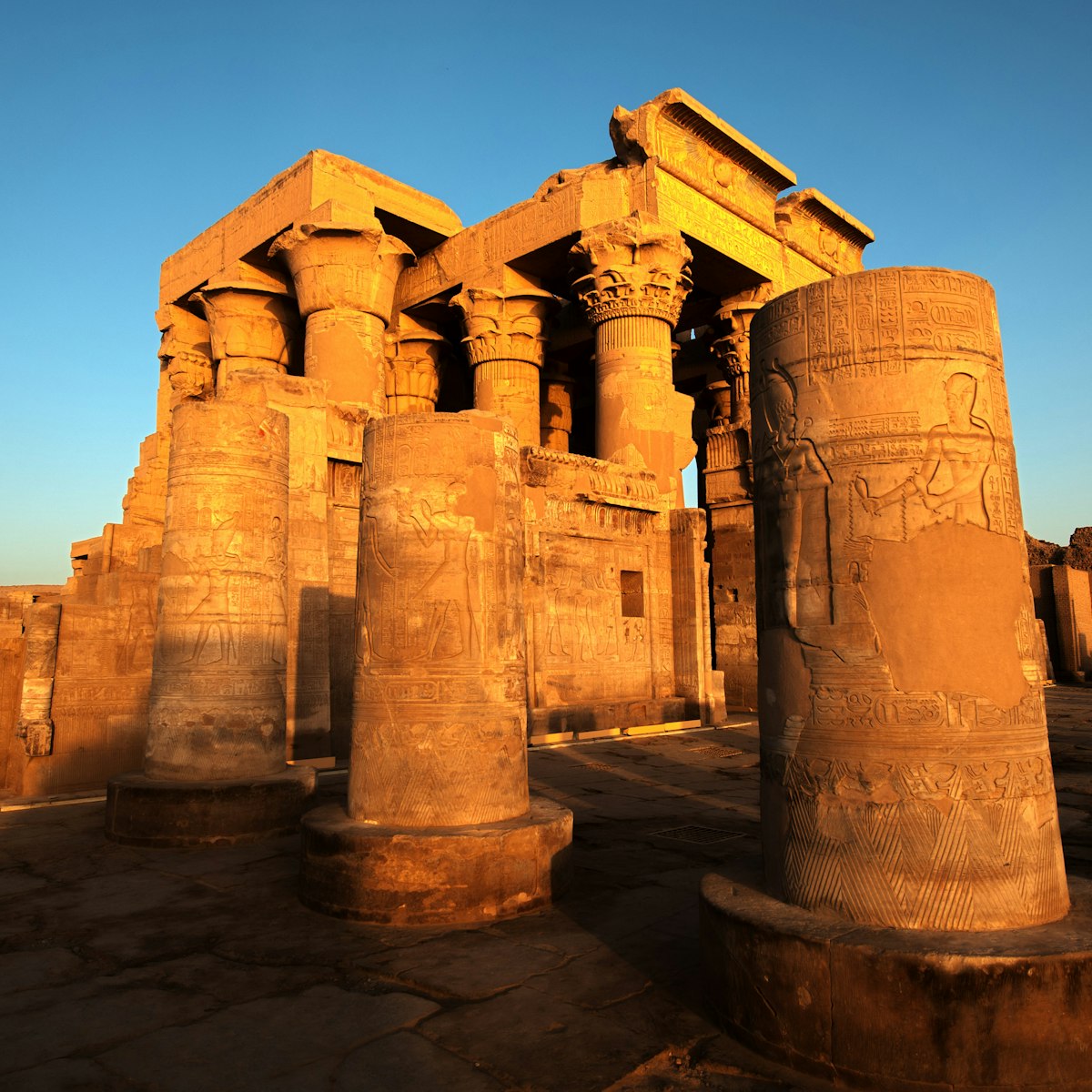Situated just north of the old Aswan Dam, the island of Seheyl was sacred to the goddess Anukis. Before the dam’s construction, the Nile would rush noisily through the granite boulders that emerged from the riverbed just south of here, forming the First Cataract. On the island’s southern tip is a cliff with more than 200 inscriptions, most dating to the 18th and 19th dynasties, of princes, generals and other officials who passed by on their journey to Nubia.
The most famous of these inscriptions is the so-called famine stele from the 3rd dynasty that recounts a terrible seven-year famine during the reign of Zoser (2667–2648 BC), which the pharaoh tried to end by making offerings to the Temple of Khnum on Elephantine Island.
Next to the inscriptions is a friendly Nubian village with brightly coloured houses. Several houses now welcome visitors, selling tea and good Nubian lunches as well as local crafts. It’s a pleasant place to stroll around.
Herodotus reported that an Egyptian official had told him that the First Cataract was the source of the Nile, which flowed north and south from there. Now the waters flow slowly and Seheyl makes an ideal destination for a slightly longer felucca trip.







